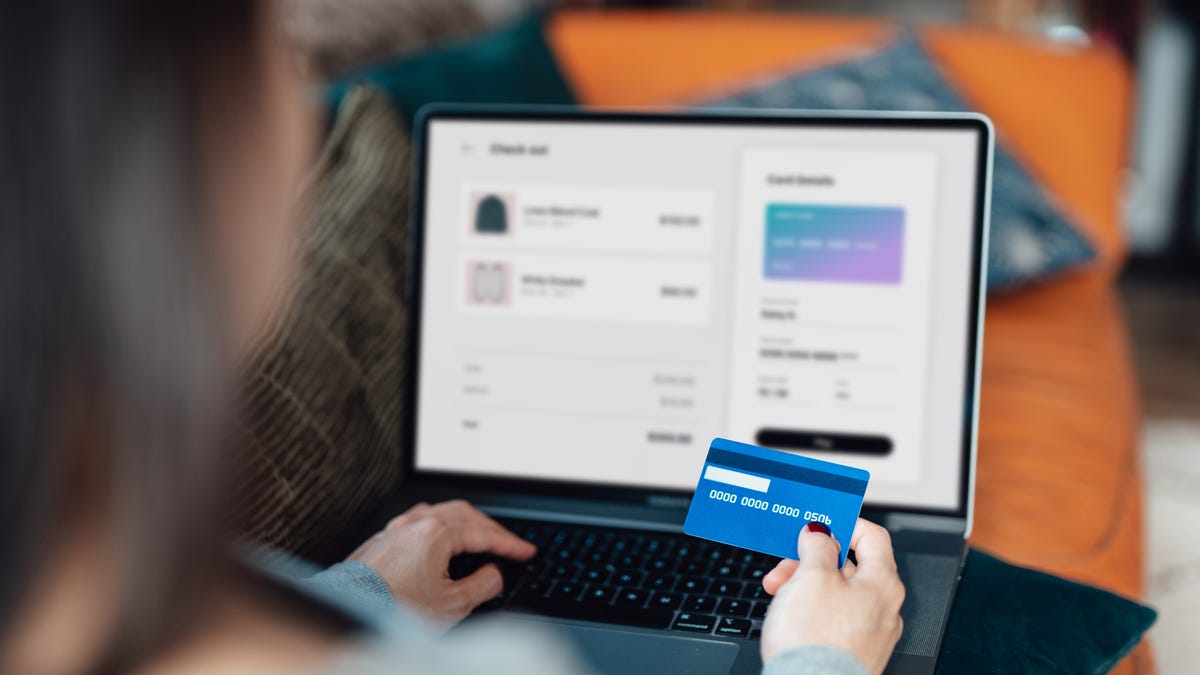
As online shopping continues to burgeon, the looming threat of credit card fraud and data breaches persists, compelling shoppers to seek safer payment methods. Among the arsenal of tools designed to enhance financial security, virtual credit cards emerge as a noteworthy solution, especially during transactions on less familiar websites that offer tempting deals. Unlike physical cards or digital wallets, virtual credit cards offer a unique set of features that significantly bolster online transaction security.
Virtual credit cards generate a one-time or limited-use credit card number for each online purchase, effectively masking the user’s actual credit card information from merchants. This mechanism not only minimizes the risk of fraud but also renders stolen card information futile to cybercriminals. Some virtual cards are designed to expire after a single transaction, ensuring that, even in the event of data compromise, the information cannot be reused.
For instance, platforms like Google Pay have integrated virtual card solutions, providing users with the convenience of secure online payments without the hassle of sharing their real card details. This is particularly useful in situations where the authenticity of the online merchant may be questionable, or the shopper prefers an additional layer of security.
Creating a virtual card is typically straightforward and free, with several options available depending on the consumer’s choice of technology—whether they’re using a specific smartphone, internet browser, or credit card company. For users of Google Pay, the process involves a simple step of selecting the option to save the card as a virtual card during checkout on either desktop or mobile browsers. This feature is available to holders of eligible American Express, Capital One, or Citi cards, streamlining their checkout process by automatically filling in virtual card information.
Credit card issuers themselves are getting on board with this technology. Major companies like American Express, Capital One, Mastercard, and Citi provide their customers the ability to generate virtual cards directly within their platforms. This service, often offered without additional charges, allows users to generate a virtual card number through their online banking app or website. Such features are handy not only for securing online transactions but also for situations where the physical card is not readily accessible.
For those seeking alternatives outside of their credit card issuer’s offerings, third-party payment platforms like Wise, Stripe, and PayPal also offer virtual card services. These options might require setting up a separate account within the third-party service, allowing users to preload funds and create a buffer between their personal banking information and online purchases. The PayPal Debit Card, for example, enables users to use their PayPal balance for both online and in-store transactions, offering another layer of control and security.
As the digital commerce landscape evolves, the adoption of virtual credit cards is likely to grow, reflecting consumers’ increasing demand for secure and flexible payment options. Whether through a financial institution, a tech giant’s payment system, or a third-party service, virtual cards represent a crucial step forward in safeguarding personal financial information in an increasingly interconnected world.
Source






